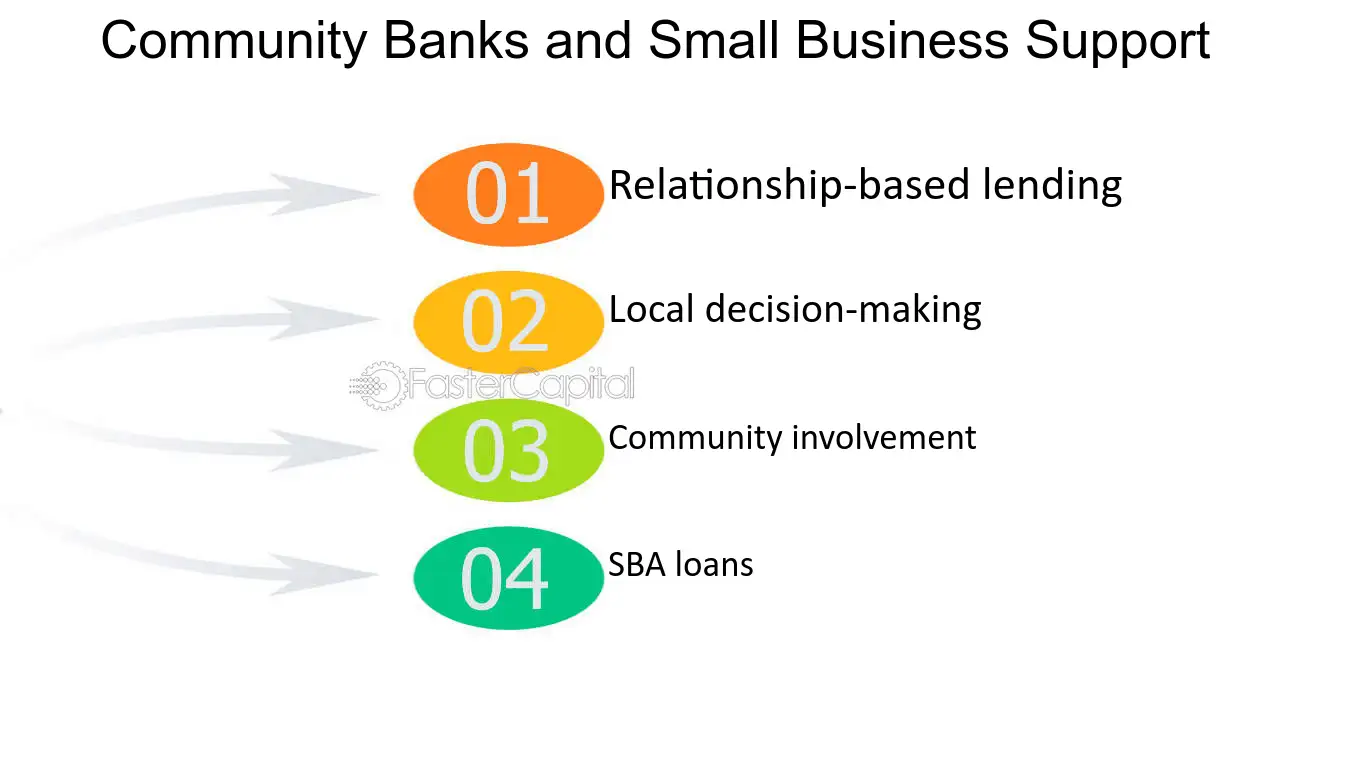Table of Contents
In the intricate landscape of the financial world, community banks stand as pillars of stability and engines of growth within their localities. Despite the dominance of large banking institutions, these smaller, locally-owned banks play a significant role in fostering economic development, supporting small businesses, and building strong, interconnected communities. This article delves into the essence of community banks, highlighting their unique characteristics, contributions, and the enduring value they bring to both individuals and the broader society.
Understanding Community Banks:

Community banks are typically defined by their size, structure, and operational focus. Unlike their larger counterparts, which operate on a national or international scale, community banks are deeply rooted in specific geographic areas, often serving towns, neighborhoods, or regions. They prioritize personalized customer service, cultivating relationships with individuals, families, and local businesses. This proximity enables them to understand the unique needs and challenges of their communities intimately, fostering a sense of trust and reliability among their clientele.
Key Characteristics:

- Local Ownership and Governance: Community banks are usually owned and operated by members of the community they serve. This local ownership ensures that decision-making remains closely tied to the interests and priorities of the community, rather than being dictated by distant shareholders or corporate agendas.
- Personalized Service: One of the hallmarks of community banks is their commitment to personalized service. Customers are not just numbers on a balance sheet but individuals with unique financial goals and circumstances. Community bankers often take the time to know their customers personally, offering tailored solutions and guidance to meet their needs effectively.
- Focus on Relationship Banking: Building long-term relationships is central to the ethos of community banks. By establishing trust and rapport with customers, they create a supportive environment where financial advice, assistance, and solutions are readily available. This relationship-centric approach sets them apart from larger institutions, which may prioritize transaction volume over client relationships.
- Support for Local Economies: Community banks play a vital role in stimulating local economies by providing capital to small businesses, entrepreneurs, and homeowners. They understand the economic landscape of their communities and are often more willing to extend credit to local businesses that may be overlooked or underserved by larger banks. This injection of capital fuels job creation, business expansion, and overall economic vitality.
Contributions to the Community:

- Small Business Lending: Community banks are lifelines for small businesses, offering access to essential financing when traditional avenues may be inaccessible. Whether it’s a startup seeking seed capital or an established enterprise funding expansion, community banks provide tailored lending solutions that cater to the unique needs and circumstances of small businesses.
- Homeownership Support: For many individuals and families, owning a home is a cornerstone of financial stability and wealth accumulation. Community banks play a pivotal role in making homeownership a reality for many by offering mortgage loans with competitive rates and personalized service. Their understanding of local real estate markets and flexible lending criteria make them a preferred choice for homebuyers.
- Community Development: Beyond financial services, community banks actively contribute to the social and cultural fabric of their communities. They sponsor local events, support charitable initiatives, and participate in community development projects that enhance the quality of life for residents. By investing in the well-being of their communities, these banks foster a sense of belonging and pride among residents.
Challenges and Opportunities:

Despite their invaluable contributions, community banks face a myriad of challenges in today’s rapidly evolving financial landscape. Competition from larger institutions, regulatory burdens, technological advancements, and changing consumer preferences pose significant hurdles. However, these challenges also present opportunities for community banks to innovate, adapt, and reaffirm their relevance in an increasingly digital and interconnected world.
Embracing Innovation: To thrive in the digital age, community banks must embrace innovation while preserving the core values that define them. Leveraging technology can enhance operational efficiency, improve customer experience, and expand reach without compromising personalized service or local focus. From mobile banking platforms to online loan applications, community banks can harness technology to better serve their customers while maintaining their distinct identity.
Collaboration and Partnerships: Collaboration with fintech firms, credit unions, and other financial institutions can broaden the range of services offered by community banks, enabling them to compete more effectively in today’s dynamic marketplace. By forging strategic partnerships, community banks can access cutting-edge technologies, expand their product offerings, and reach new customer segments while retaining their local flavor and personalized touch.
Advocacy and Engagement: Active participation in advocacy efforts at the local, state, and national levels is crucial for safeguarding the interests of community banks and promoting policies that foster a level playing field. By advocating for regulatory reforms, fair competition, and support for community banking initiatives, stakeholders can ensure that community banks continue to thrive as vital contributors to economic growth and stability.
Conclusion:
In an era of globalization and consolidation, community banks remain steadfast champions of local economies, fostering prosperity, and resilience within their communities. Their commitment to personalized service, relationship banking, and community development sets them apart as trusted financial partners deeply invested in the well-being of their customers and neighborhoods. By embracing innovation, collaboration, and advocacy, community banks can navigate the challenges of the modern financial landscape while staying true to their foundational mission of serving as engines of local growth and prosperity. As guardians of financial stability and stewards of community wealth, community banks continue to exemplify the enduring value of grassroots banking in an ever-changing world.
For More Information Please Visit These Websites Viprow And Redgif

